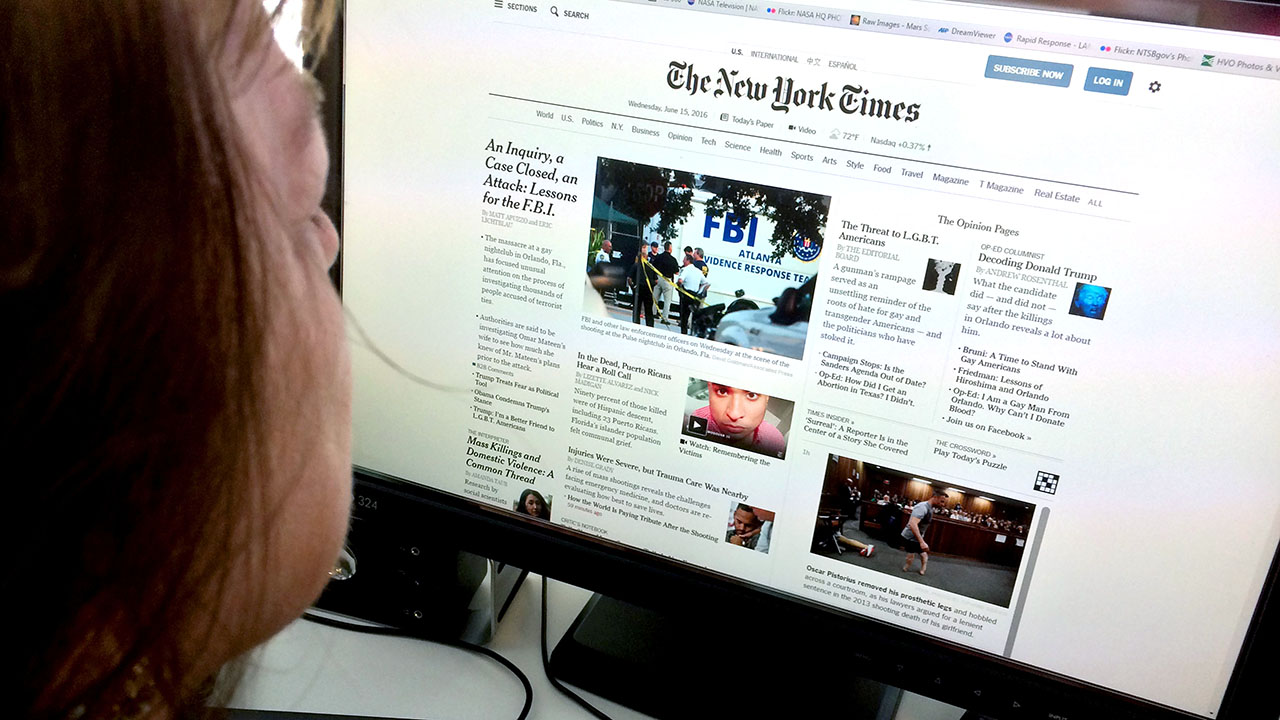The smart Trick of News Channels That Nobody is Talking About
The smart Trick of News Channels That Nobody is Talking About
Blog Article
The Only Guide for News Channels
Table of ContentsThe Only Guide for News ChannelsThe 45-Second Trick For News ChannelsSee This Report on News ChannelsNot known Facts About News Channels
The premier programs will frequently air at night during "prime-time show", however there are likewise early morning broadcasts of a couple of hours in length. Moving news networks transmitted information material 24 hours a day. The arrival of the internet has actually allowed the routine 24-hour-a-day presentation of lots of video and audio report, which are updated when additional details appears; many tv broadcasters provide content originally supplied on-air as well as unique or supplementary information content on their internet sites.Terminals that make use of a "wheel" format tend to keep to a set routine of specific shows at particular details mins on the hour, and among these segments is regularly a news flash. These short publications will offer introductions of any kind of damaging information of passion, and might consist of neighborhood concerns such as weather prediction or traffic reports.

Both initially talked about similar topics, such as election outcomes, governmental commencements, and various other issues of problem to the basic public. NBC soon emerged as the dominant force for entertainment talent.
The 7-Minute Rule for News Channels
A basic change gradually occurred in the design of the night newscasts in most nations. In the 1950s, tv was novel sufficient that it was taken into consideration enjoyment. In the 1960s and 70s, television broadcasts had a tendency to be unusually "significant" by later on standards, featuring even more "difficult news" and much less light home entertainment mixed in.

From 2000 to 2010, general viewership of television program news proceeded to decline. Some news-adjacent cable programs obtained popularity and click over here now success in this era (such as the comedy-focused and the commentary-focused ). Their gains did not counter the continuing high decline in viewership of mainline network information.
Getting The News Channels To Work
The National, which has broadcast on CBC Tv since 1954, is the longest-running national network newscast in Canada.: CBC's (broadcast given that 1975), Global's (broadcast since 2008), and CTV's (aired considering that 1966 and presently the longest-running network newsmagazine in Canada). CTV's is the single nationwide early morning news program on broadcast television in Canada, and replaced, which aired given that 1975.
Local Television stations in the United States normally transmitted local information three to 4 times a day on average: generally airing at 4:30, 5:00, 5:30, or 6:00 a.m.; noon; 5:00 and 6:00 p.m. in the very early evening; and 10:00 or 11:00 p.m. Terminals that look at these guys create neighborhood newscasts typically relay as little as one to as much over twelve hours of local information on weekdays and as little as one hour to as much as seven hours on weekend breaks; news programs on weekend breaks are usually limited to morning and night newscasts as the variable organizing of network sporting activities programs (if a terminal is affiliated with a network with a sporting activities division) generally prevents most terminals from lugging midday broadcasts (nonetheless a couple of terminals situated in the Eastern and Pacific time zones do generate weekend break lunchtime broadcasts). From the 1940s to the 1960s, program television stations commonly offered neighborhood news programs just one to two times each night for 15 mins (the normal length for several locally created programs at the time); normally these programs broadcast as supplements to network-supplied evening news programs or leadouts for primetime programs.
Some Known Details About News Channels
In cases where a terminal with an existing information division enters into an information share arrangement, it will result either the two departments combining or the straight-out conversion of newscast production from internal to outsourced production.
The Big 3 program television networks generate morning and night nationwide newscasts.
Report this page